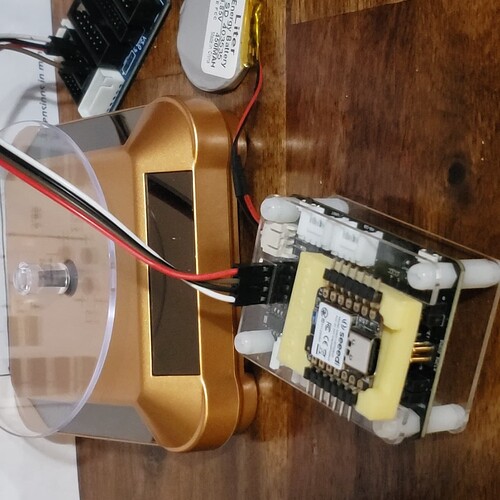Check this out, https://forum.seeedstudio.com/t/connecting-xiao-nrf52840-to-expansion-board/268349/3?u=pj_glasso
You could use something like the expansion board and ziff adapter download code with programmer WAY faster. and you can NIX the softdevice if you want I think to save more flash space…AFAIK
HTH
GL:-)
